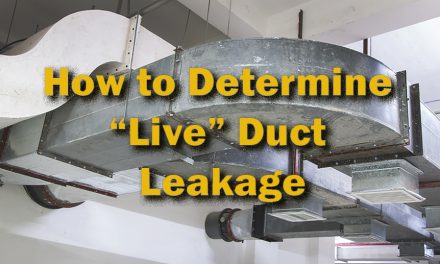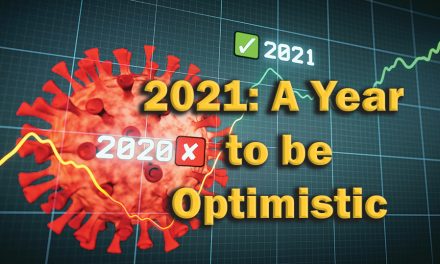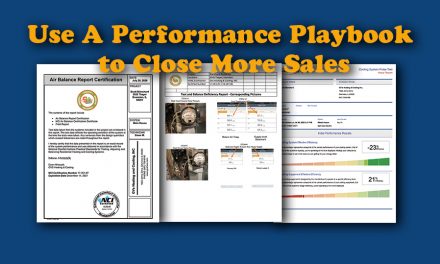As a High-Performance HVAC contractor, it’s essential to know where the industry is headed. This can help you plan for and address customer’s needs, especially during these weakening economic times. From where I sit, three major trends will continue impacting and changing the residential HVAC market in 2023 and beyond.
First, let’s talk about the economy. Media pundits and marketers have been working double overtime to redefine what a recession is, but the truth is, the numbers don’t lie. The U.S. economy is slowing down. Inflation is high, and the cost of doing business is rising.
Not all is doom and gloom. The HVAC Industry is positioned to have an overall great year in 2023 based on three trends: Growth, New Technology, and Sustainability.
Sure, many other trends are happening simultaneously, but I think these three encapsulate all of them. Here’s why:
HVAC Industry Growth
The AHR Expo and ASHRAE Journal 2023 Survey reports that 88% of HVAC business owners reported a good or excellent business year in 2022. In that survey, 43% of respondents said they expect between five to 10% growth in 2023. Another 25% expect growth to exceed 10%.

Furthermore, according to projections by the U.S. Bureau of Labor Statistics, the 1.2 million people in the U.S. currently employed by HVAC companies should increase by 5% through 2028!
According to Air-Conditioning, Heating, and Refrigeration Institute (AHRI) statistics, as of October 2022, HVAC central air conditioners and air-source heat pump combined shipments (year-to-date) increased by 1.9% from the same period in 2021.
However, the trend slips downward when you examine individual equipment-type shipments. For example, air conditioner units alone dropped 3.8% year-over-year in October. Forced-air furnace shipments were off by 0.7%, oil-fired furnaces by 25%, and residential storage water heaters by 16.9%. Shipments of residential heat pumps alone were the only year-to-year equipment that saw a boost: they increased by 11.4%.
Isn’t that interesting? Demand for heat pumps is increasing, despite rising costs. Some of that is because the energy efficiencies of heat pumps. Some attribute this to the green energy push in the U.S. today, are more attractive and valuable to consumers today. More on that in a bit.
Undoubtedly, costs for finished equipment (and just about everything else Americans consume) will continue to rise in 2023. The Federal Reserve’s inflation fight may slow down runaway demand, but it impacts interest rates, which will negatively impact new construction.
The replacement market, however, will remain strong – but not in the way you usually would think. According to Matt Michel of Service Nation in an ACHR News article, the industry may see fewer replacements, yet replacement revenue will climb!
Click Below for the Next Page:













Recent Comments